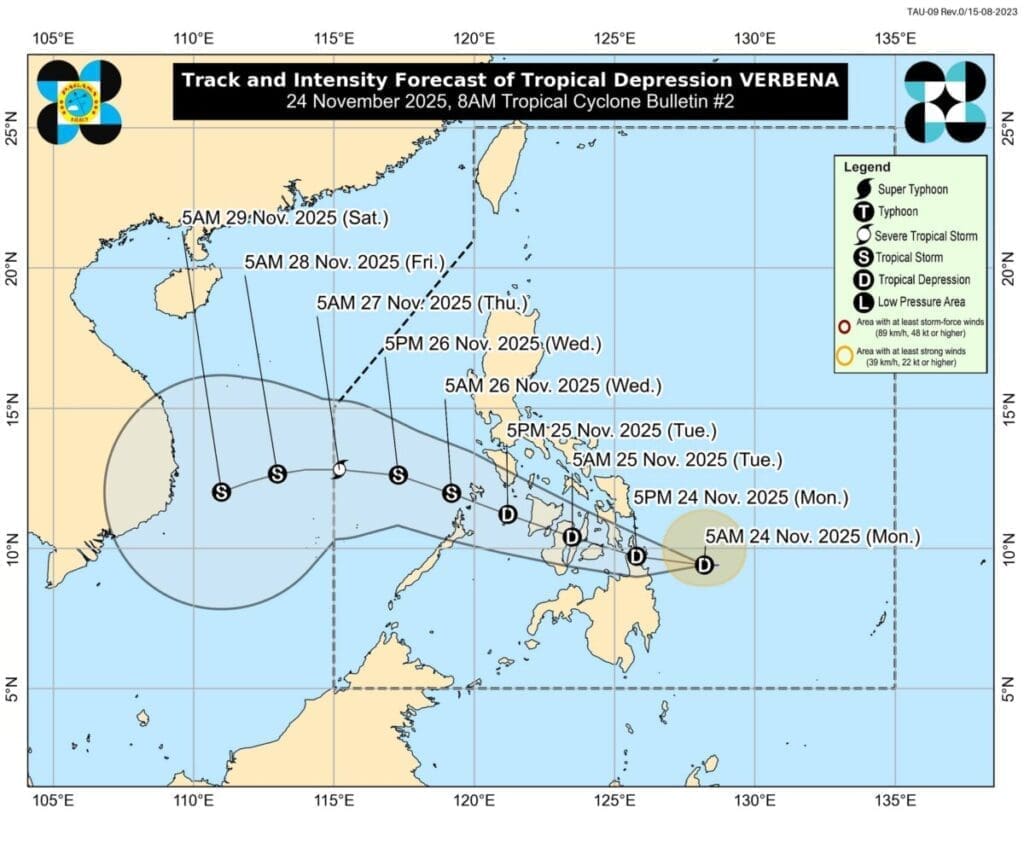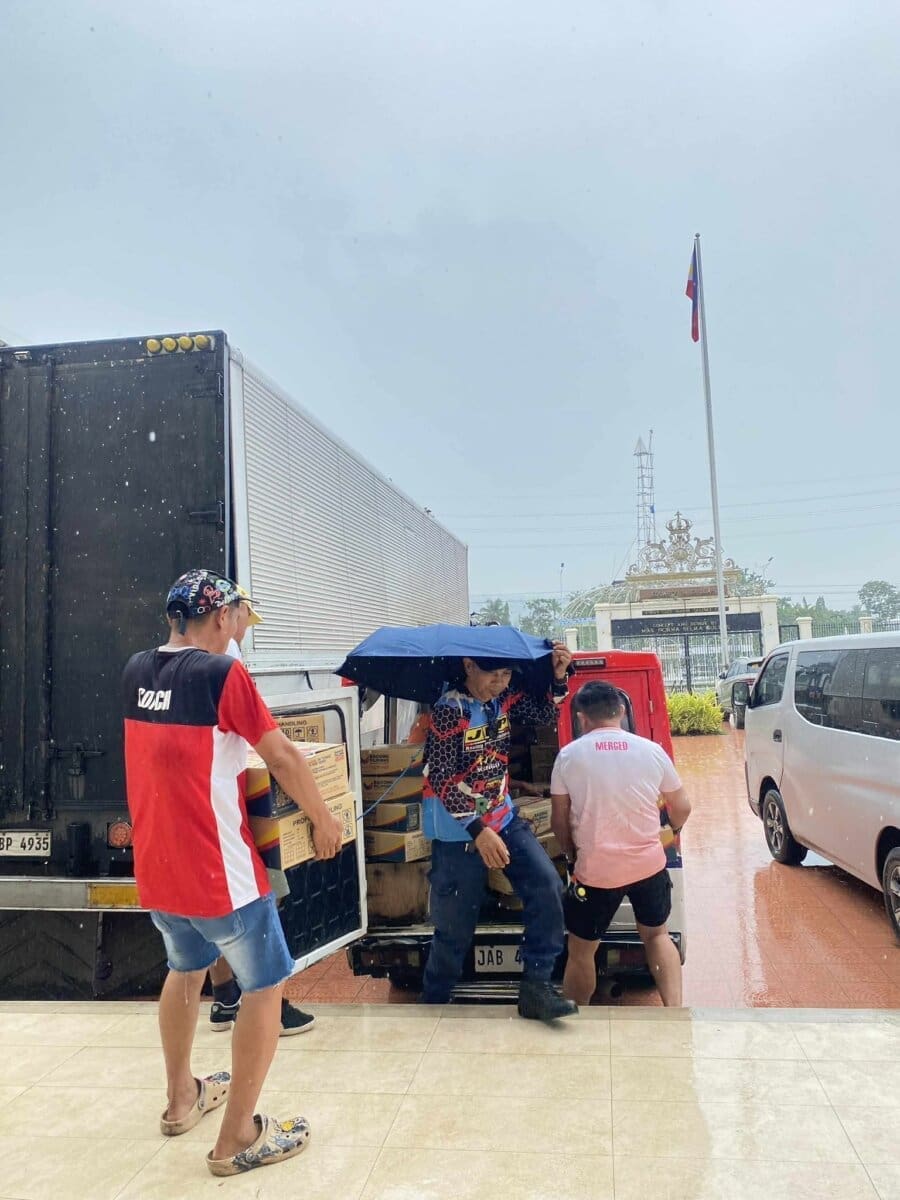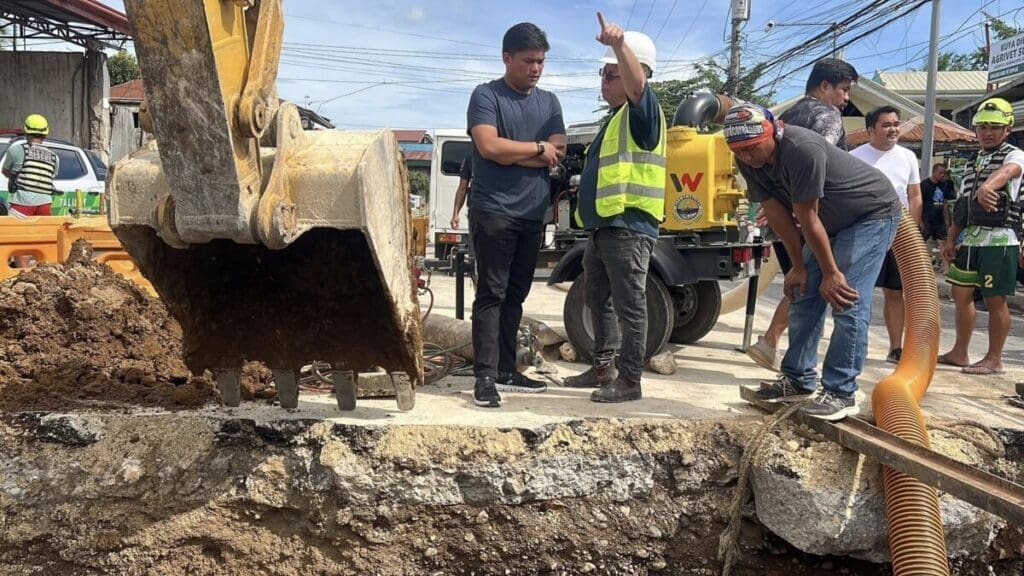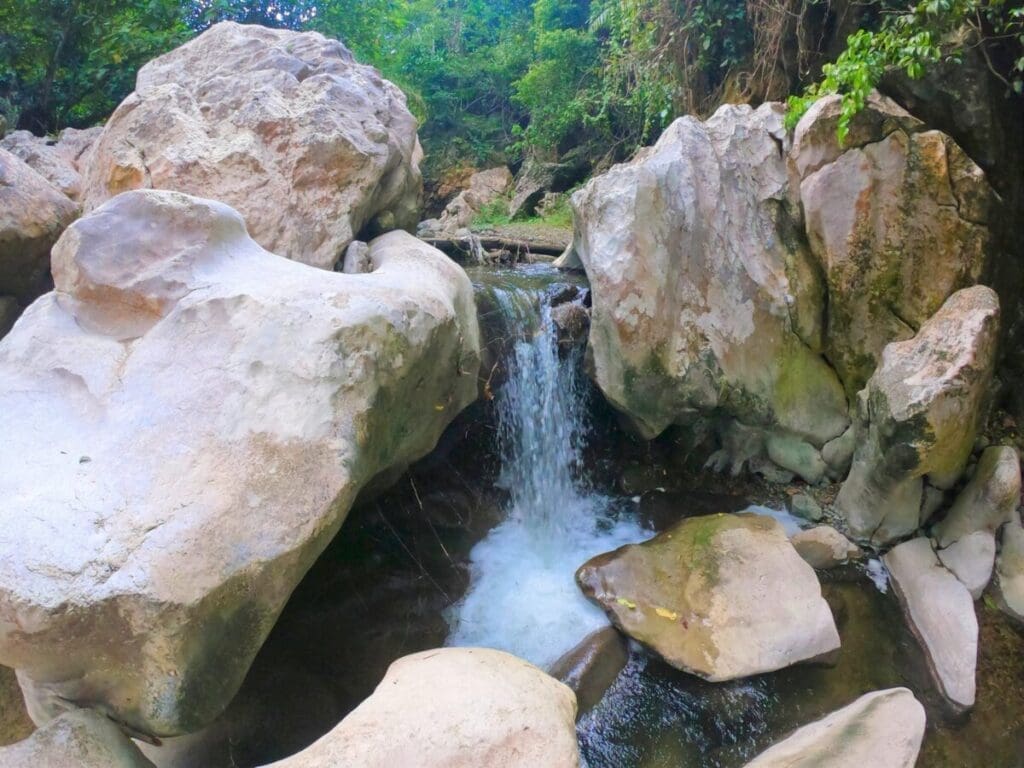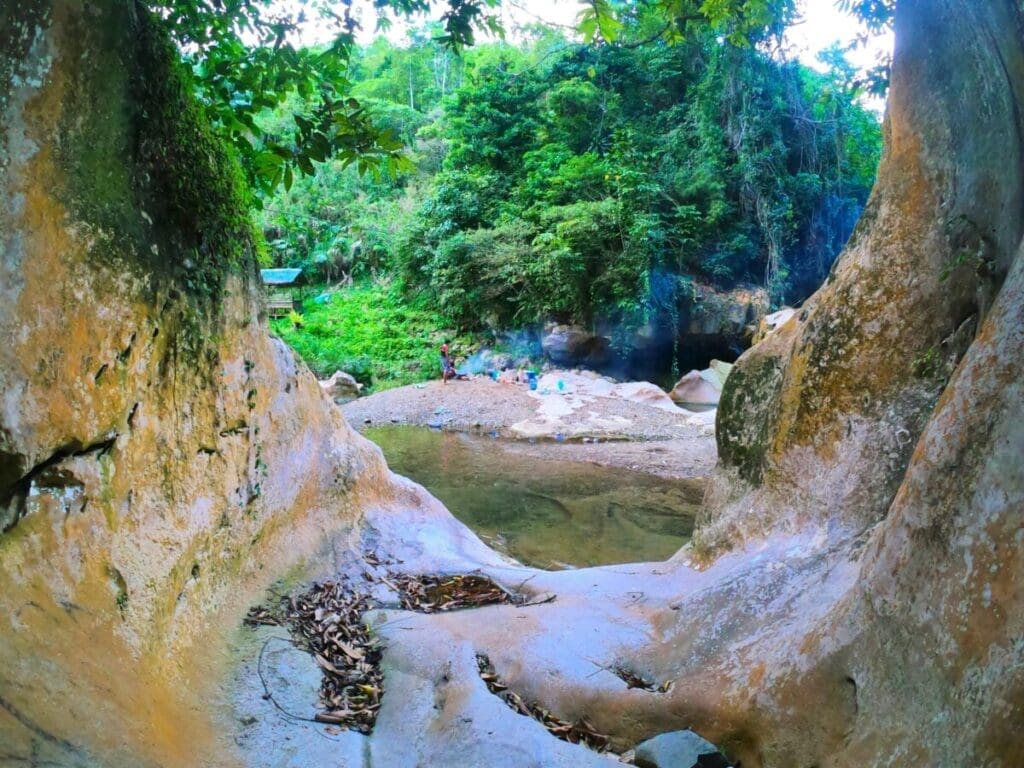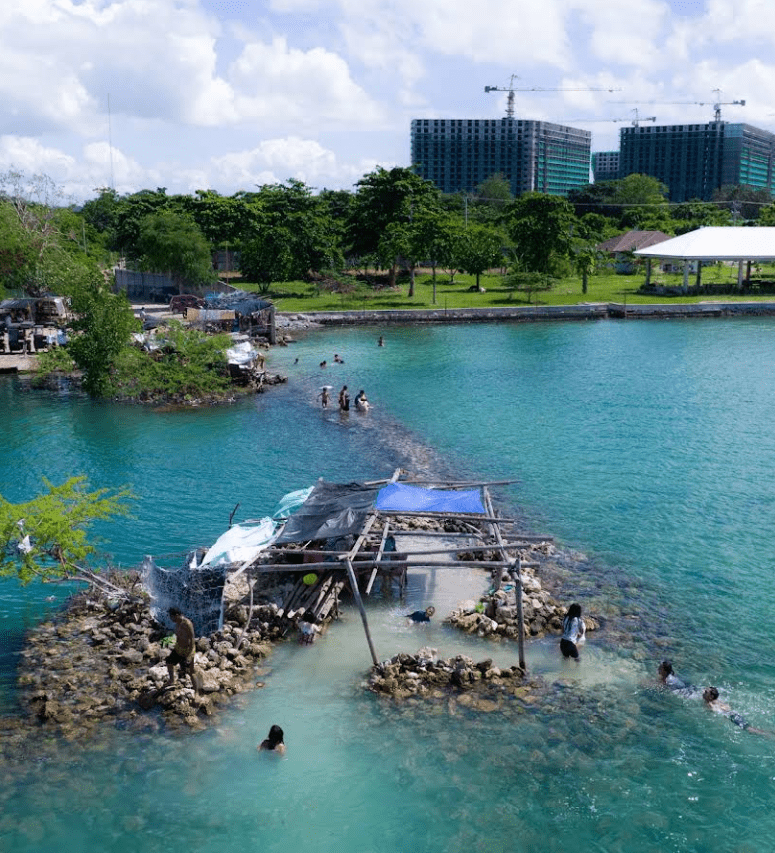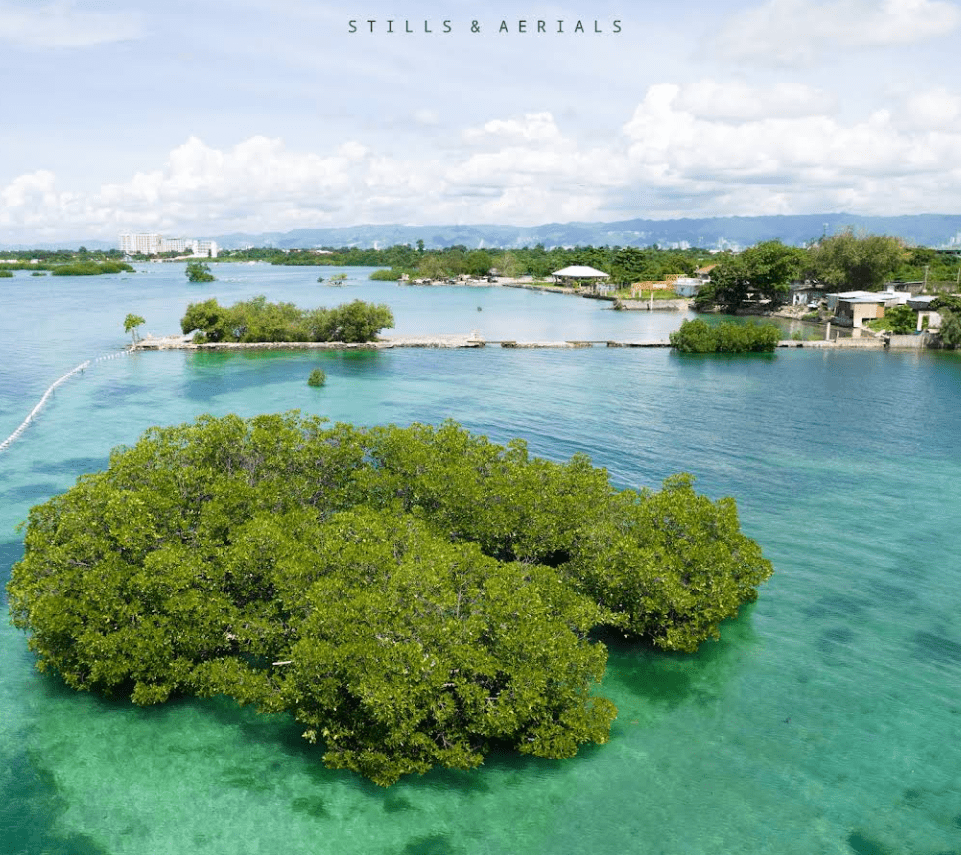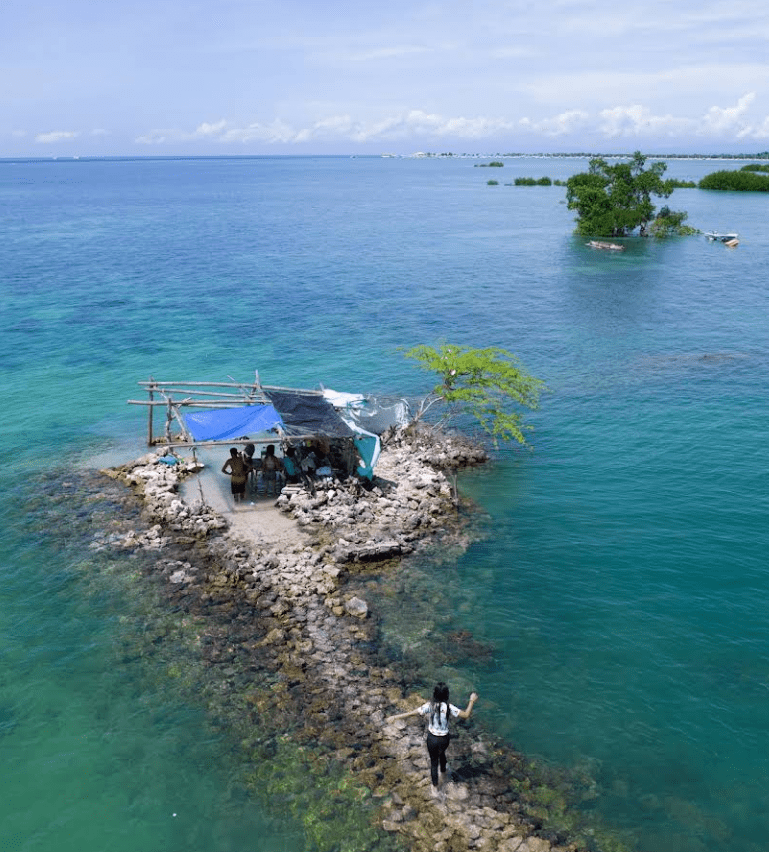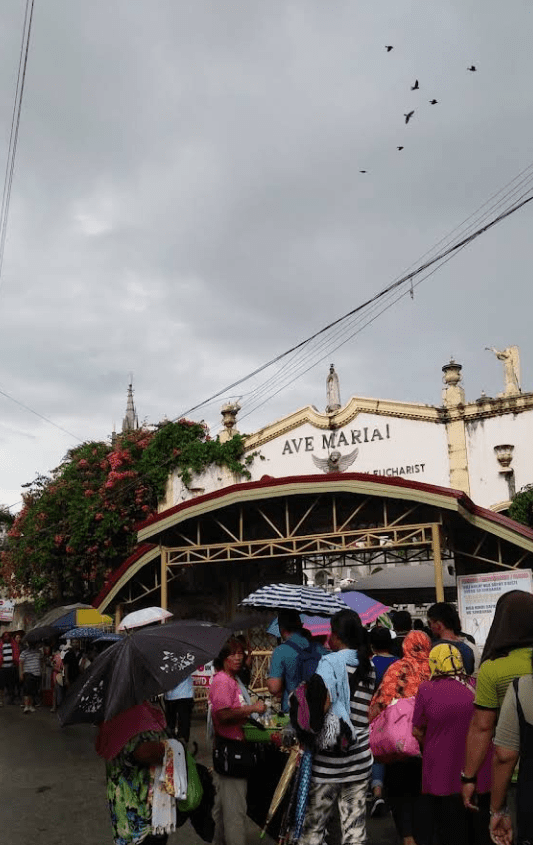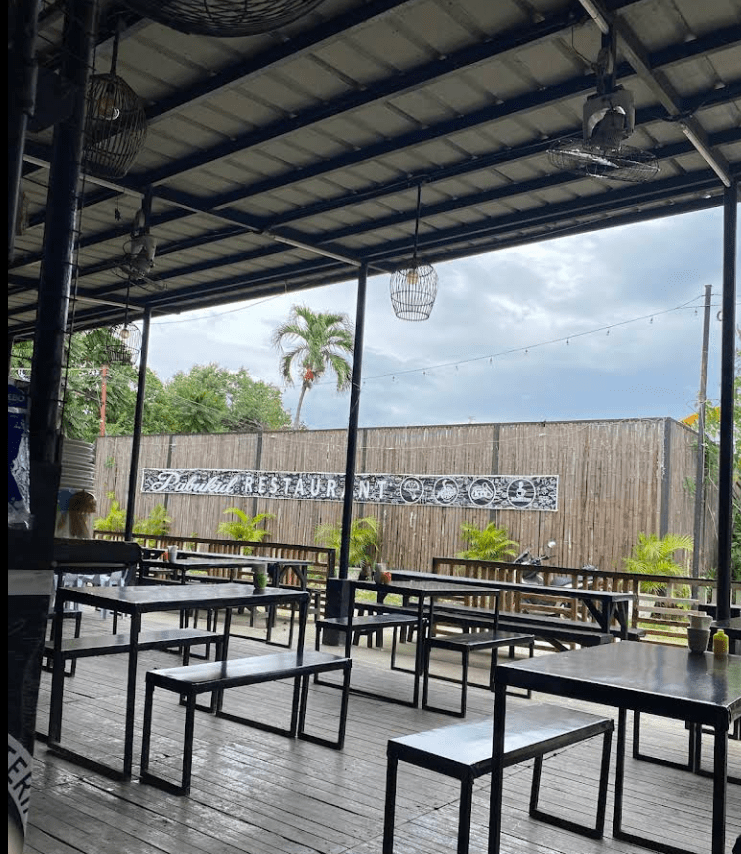
Mactan-Cebu International Airport (MCIA), the Philippines’ premier tourism transfer hub, has been recognized as Airport of the Year – Asia at the TDM Travel Trade Excellence Awards 2025, during the awards ceremony held at the Marina Bay Sands, Singapore on November 25, 2025.
The award recognizes MCIA’s commitment to delivering the most efficient and seamless transfer experience in the Philippines through its transformative CEBConnects initiative.
CEBConnects is a facility focused on optimizing air-to-air transfers at MCIA, setting a new benchmark for operational excellence in the country. The initiative involved a major redesign of passenger flow and infrastructure, including the introduction of dedicated transfer facilities and streamlined processes.
With the implementation of CEBConnects, MCIA has reduced its Minimum Connection Time (MCT), positioning the airport among the fastest in the region:
- Domestic to Domestic (D-D): Reduced from 60 minutes to 35 minutes.
- Domestic to International (D-I), International to Domestic (I-D), and International to International (I-I): Reduced from 90 minutes to 60 minutes.
This enhancement has already driven a 45% increase in transfer passenger volume year on year, solidifying MCIA’s role as a vital gateway for connecting travelers to the Philippines’ vast archipelago.
“This award is a testament to the dedication of the entire MCIA community and the success of CEBConnects,” remarked Athanasios Titonis, Chief Executive Officer of Aboitiz InfraCapital Cebu Airport Corporation (ACAC). “By strategically leveraging Cebu’s central geographical location, we are not just speeding up transfers; we are actively supporting the country’s tourism goals by making it easier for travelers to reach other island destinations. With this, the vacation experience actually begins the moment they arrive at MCIA.”
Beyond efficiency, the streamlined process provides passengers with more time to enjoy MCIA’s extensive retail and dining options, enhancing the overall airport experience.
“The improvements driven by CEBConnects are a game-changer for airline operations and customer experience,” said Julius G. Neri, Jr, General Manager and CEO of Mactan-Cebu International Airport Authority (MCIAA). “The real-time benefits in on-time performance that we see enhances the transfer experience of our passengers who now find MCIA a highly competitive and reliable hub for regional travel.”
MCIA currently serves 25 airline partners with a robust point-to-point network and maintains an average on-time performance rate of almost 80%. This strong performance is continually bolstered by joint route marketing and global promotional efforts.
Through the ongoing success of CEBConnects, MCIA is shaping a more connected and traveler-centered future, reinforcing its status as the Philippines’ gateway to the world.
ABOUT MACTAN-CEBU INTERNATIONAL AIRPORT
Mactan–Cebu International Airport (MCIA), operated by Aboitiz InfraCapital Cebu Airport Corporation (ACAC), is the Philippines’ premier gateway to the Visayas and Mindanao, serving millions of passengers annually with world-class facilities and services. MCIA pioneers strategic initiatives to enhance connectivity and passenger experience, including CEBConnects for seamless air-to-air transfers, Cebu+ for integrated air-to-sea travel, and CEBBalik to establish an OFW Center for migrant worker support. MCIA is named Best Airport in Asia-Pacific in the 5–15 million Passengers Per Annum category at the 2024 Airport Service Quality (ASQ) Awards, and has also received the Platinum Green Airport Award, Level 1 Airport Carbon Accreditation, and Level 1 Accessibility Accreditation. Further strengthening its position as a leading international hub, MCIA is the first airport in the Philippines to operate parallel runways, significantly enhancing efficiency and capacity. Guided by a long-term masterplan, MCIA is committed to delivering a safe, sustainable, and globally competitive airport experience that supports tourism, trade, and national development.


